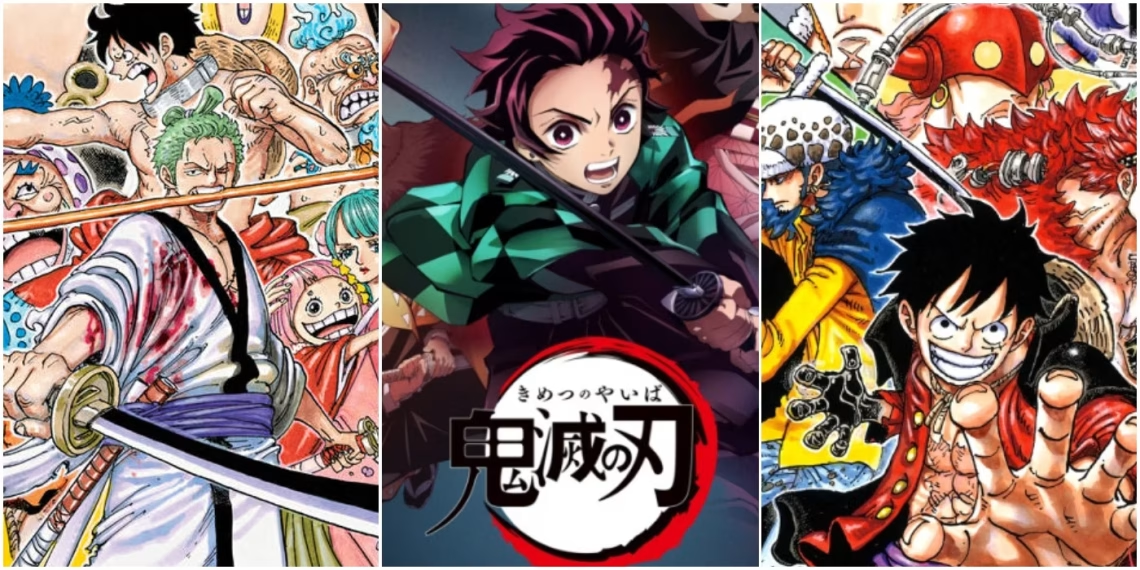The long-running One Piece anime and the newer Demon Slayer anime, particularly the recently aired Hashira Training Arc, have faced challenges related to filler content. Both series, known for their massive global fanbases, occasionally incorporate filler episodes or scenes not found in the original manga. This practice has led to mixed reactions from fans and critics alike.
Recently, episode 3 of Demon Slayer’s Hashira Training Arc has become a focal point for discussions about filler content. Unlike previous episodes that closely followed the manga, this episode animated only a page and a half from the original source material.
The remainder of the episode was filled with anime-original scenes, a move that has sparked controversy among fans. While some viewers appreciate the added depth and character development, others see it as unnecessary padding. This approach marks a significant departure from the manga, resulting in divided opinions.
Episode 3 of Demon Slayer’s Hashira Training Arc Faces Backlash Similar to One Piece
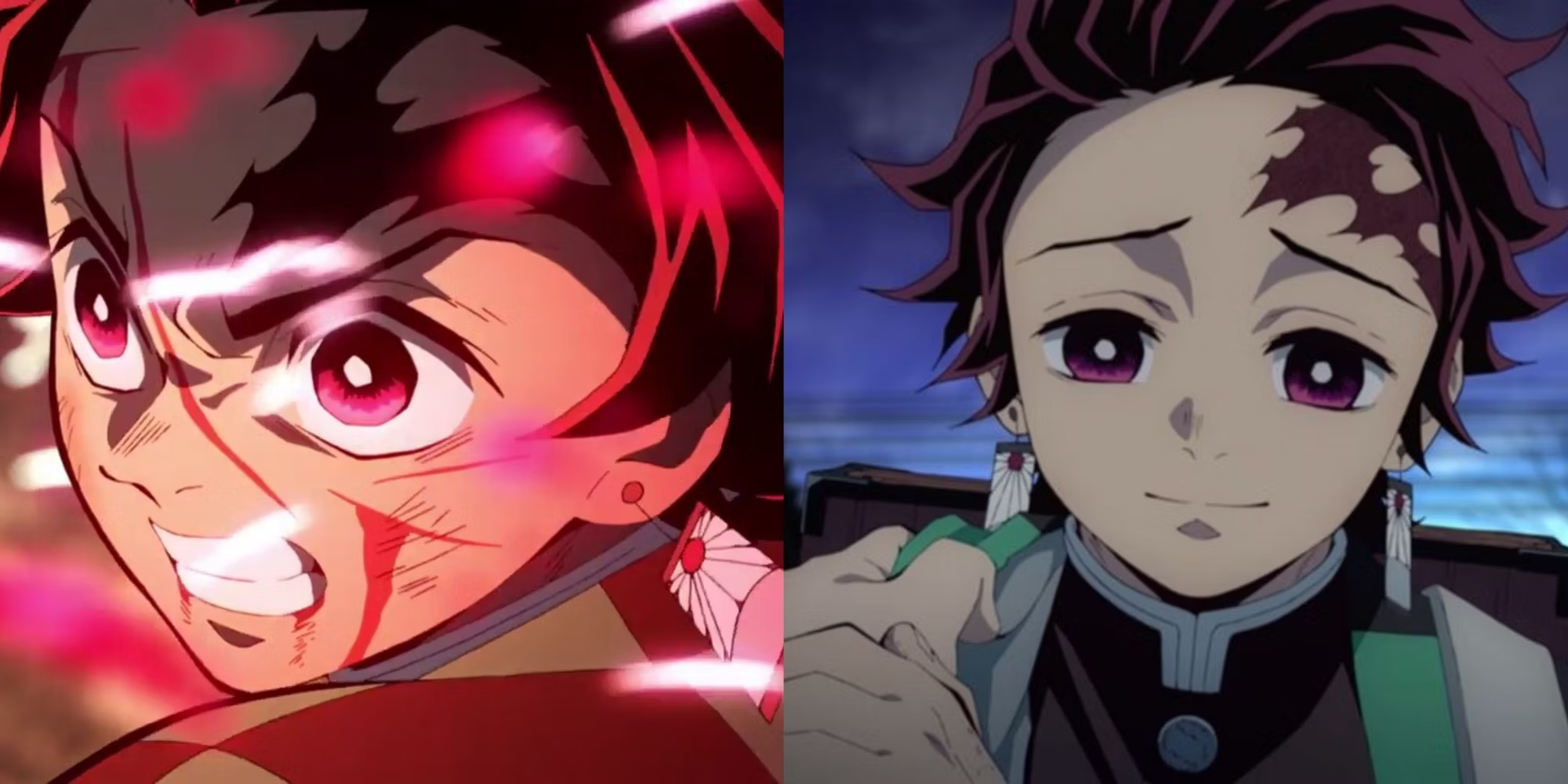
This issue is reminiscent of a well-known practice in the One Piece anime. Although it has a relatively low percentage of filler episodes compared to other long-running series, One Piece frequently includes anime-original content within canon episodes.
This technique involves stretching manga chapters into longer sequences, adding new scenes, and extending existing ones. This ensures that the anime doesn’t catch up to the manga too quickly, but it can also lead to episodes that feel slow-paced and diluted with filler content.
The Hashira Training Arc in Demon Slayer is a relatively small arc, comprising only nine chapters in the manga. Typically, anime shows adapt two to three manga chapters per episode. Thus, this arc could be covered in just a few episodes if they followed that pace. However, Ufotable Studio decided to extend it to eight episodes. To fill the extra time, they added a significant amount of filler content, which has received mixed reactions from viewers.
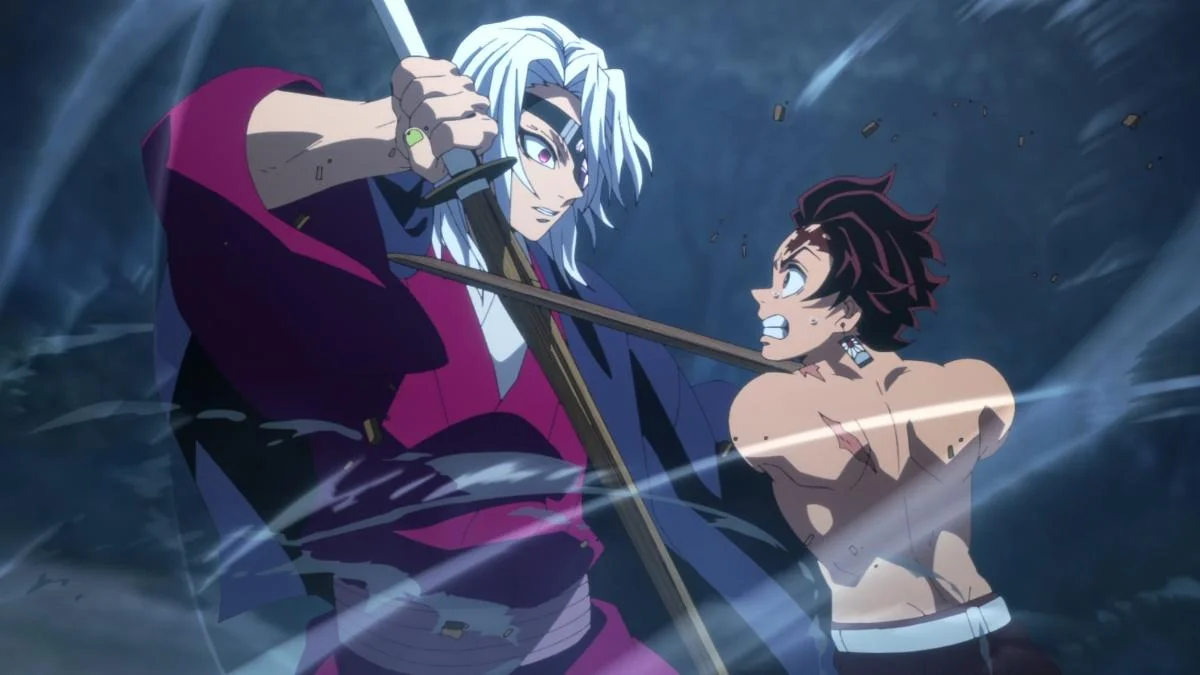
In Demon Slayer, adding filler to the Hashira Training Arc was a strategic choice by Ufotable Studio. They aimed to deepen the audience’s connection with the characters. By expanding training sequences and interpersonal dynamics, the studio wanted viewers to become more emotionally invested in the story. This approach can also introduce new elements that may be explored later, creating a richer, more immersive world for fans to enjoy.
However, the success of this method depends on the quality and relevance of the filler content. Poorly executed filler can lead to dissatisfaction and disengagement, as seen in various anime series. For the Hashira Training Arc, maintaining high-quality animation and ensuring that filler scenes enhance the main story are crucial elements in keeping viewers satisfied.
This correlation between the two anime series regarding filler content highlights a persistent issue within the anime industry. While filler episodes can provide significant character development, they also risk alienating fans who prefer a more faithful adaptation of the source material. The challenge lies in finding the right balance between original content and adherence to the manga.
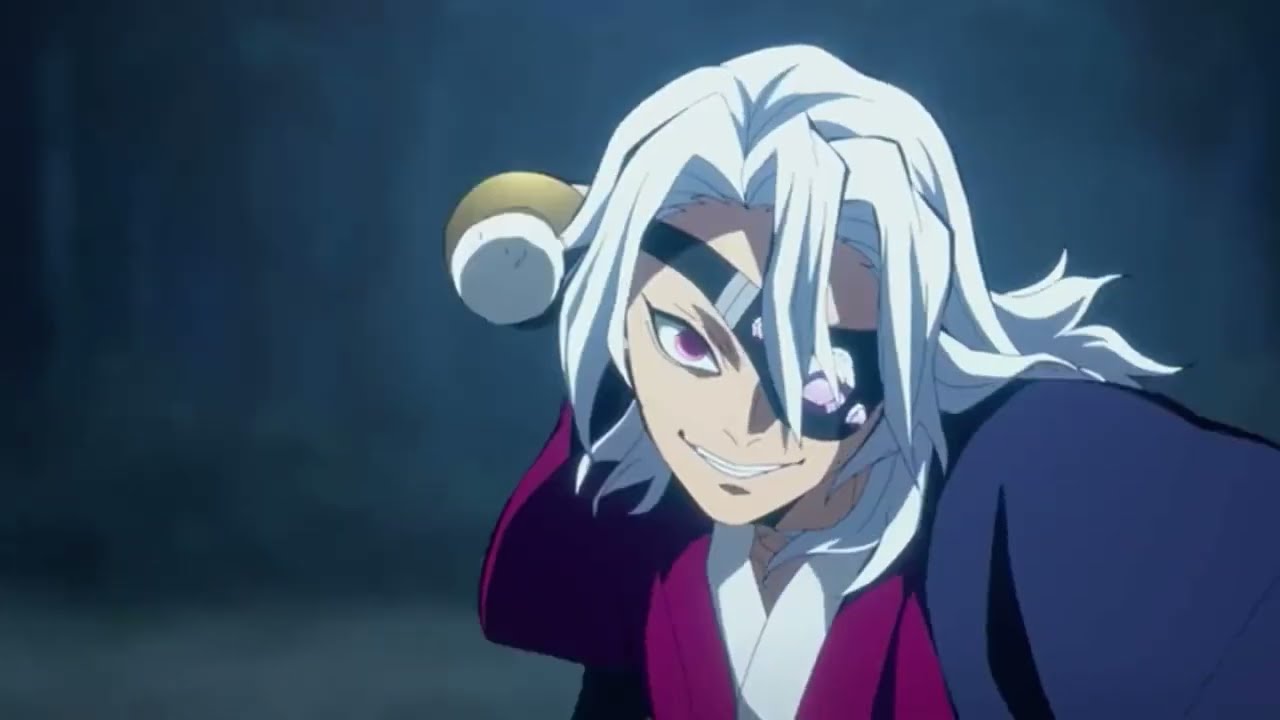
In One Piece, the practice of including filler within canon episodes is a tactic to prevent the anime from catching up to the manga too quickly. This method involves elongating scenes, adding new material, and sometimes creating entire filler arcs. While this can help maintain a steady release schedule, it often results in episodes that feel padded and slow-paced. Fans of One Piece have grown accustomed to this approach, though it remains a point of contention.
For Demon Slayer’s Hashira Training Arc, the decision to include filler was likely driven by a desire to explore the characters and their relationships more deeply. By extending the training sequences and adding original content, Ufotable Studio aimed to create a more engaging and emotionally resonant experience for viewers. However, this approach comes with risks. If the filler content is not well-executed or does not add meaningful value to the story, it can lead to frustration among fans.
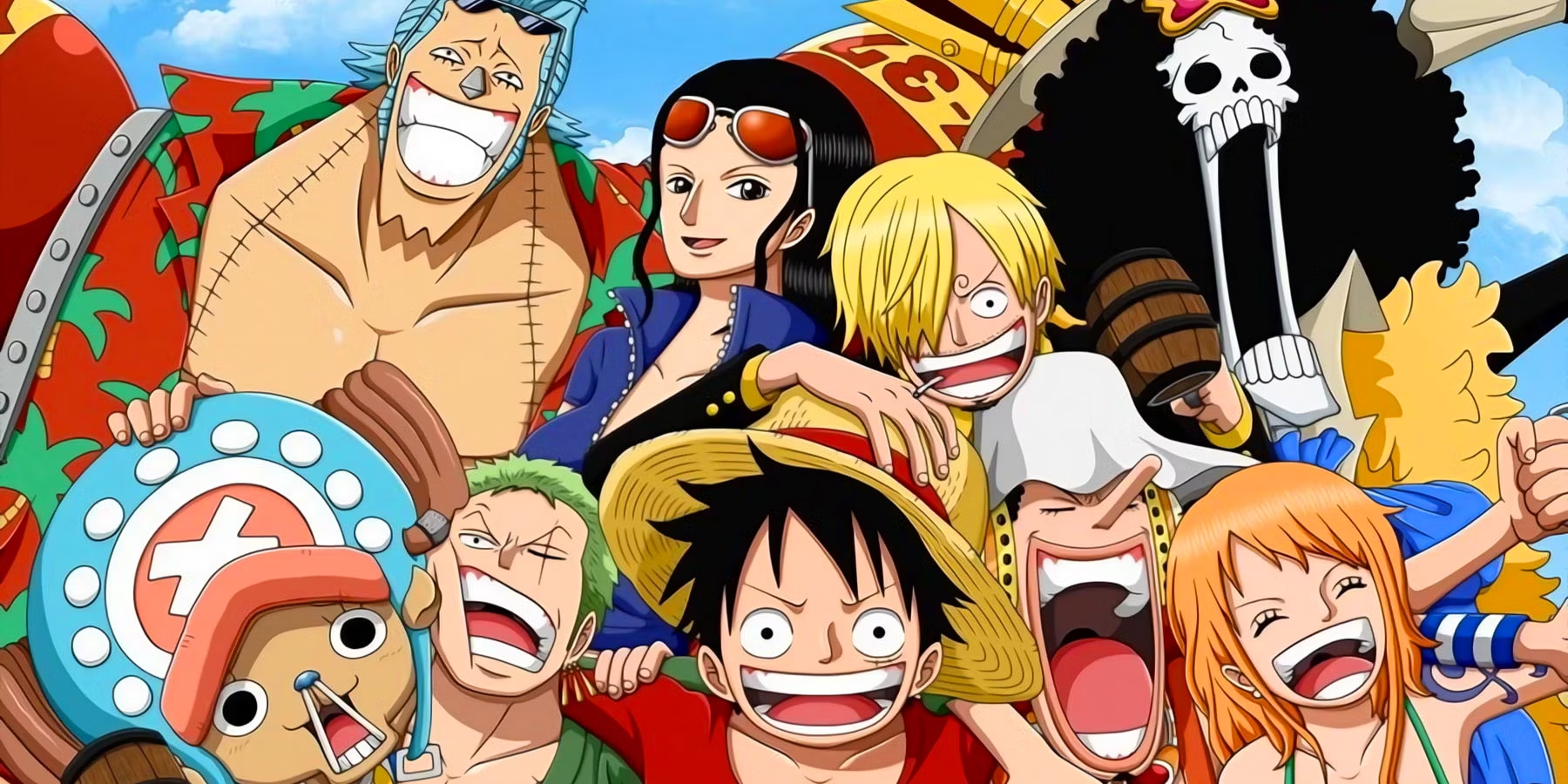
As Studio Ufotable continues to animate the Hashira Training Arc, striking the right balance between original content and fidelity to the source material will be crucial in maintaining the series’ popularity and critical acclaim. The challenge lies in ensuring that the filler content is of high quality and enhances the narrative, rather than detracting from it.
The issue of filler content in anime, exemplified by One Piece and Demon Slayer, is a nuanced and complex topic. While filler can provide valuable character development and enrich the story, it also carries the risk of alienating fans who prefer a more faithful adaptation. The key to success lies in the execution and relevance of the filler content, as well as maintaining high-quality animation and storytelling. As these series continue to evolve, finding the right balance will be essential in keeping their audiences engaged and satisfied.


